The Least of Our Concerns
Last year, the very first colony of Least Terns in Hancock County didn't make it. This year, if they return, Audubon's Coastal Bird Stewardship Program hopes to give the endangered birds a chance to survive and thrive. A call to action for local bird lovers.
- by LB Kovac, photos by Charles Hubbard and Mozart Dedeaux
Update: Calling all Least Tern Lovers! There will be a meeting about the Hancock County Least Tern colony at the BSL Library at 10am - Noon on Friday, April 21st. All who are interested in protecting our colony are urged to attend. Sarah Pacyna, from Audubon (more about Sarah in the article below) will explain the delicate situation in Hancock County.
To prevent a repeat of last year's loss, it's going to take lots of residents willing to take action and encourage the Hancock Supervisors to allow Audubon to rope off the colony and post signs, like they do in Harrison County. Doing so helps an endangered species and can have a major positive impact on our Hancock County community. For instance, click here to read about the economic impact of birding in Toledo, Ohio.
In fact, these feisty little birds are a staple at several beaches along the country’s coast, from New York to Miami to Long Beach, California. They love sand, and nesting close to the ocean gives them easy access to many of their favorite foods: small, shallow-water-swimming fish; crustaceans, like hermit crabs and ghost crabs; and water-skimming insects.
Historically, along the Gulf Coast, the interior least terns have stuck to barrier islands, but dams and basins constructed to control the flow of the Mississippi River have covered up many of the tern’s breeding grounds, driving the birds further inland.
And something you probably don’t have in common with the least tern is their sleeping habits: least terns tend to nest and sleep on the ground. This leaves the birds, their eggs, and young chicks especially vulnerable to predators, like domestic cats, coyotes, and owls. But the beaches of Harrison County have been a popular least tern destination in recent years; volunteers identified sixteen colonies in 2016. This was good news for the endangered subspecies. As recently as 1985, the breeding population for all nesting sites in the entire United States had dropped as low as 3,000 pairs.
And more good news came last year in the form of a brand new colony. For the first time since records have been kept, a least tern colony nested along the beach in our own Hancock County.
“Lots of people didn’t even know that they were there,” says Sarah Pacyna, Director of the Audubon Mississippi’s Coastal Bird Stewardship Program, an organization which coordinates monitoring efforts for coastal birds and stewards breeding population. Their partial invisibility is due in part to the small size of their colonies, which rarely exceed 100 breeding pairs. But the least terns knew we were there. See, least terns are rather finicky birds; they need peace and quiet in order to thrive. Pacyna says that, as a species, they are “especially susceptible to disturbance,” and the appearance of humans or domestic animals like cats and dogs near nesting sites can stress the birds out. The least terns’ rather sudden appearance last year in Hancock County left Audubon’s team scrambling to protect the birds and give them ample room, and peace, to raise their young. Audubon wasn’t able to secure permission to rope off the nesting area until late in the breeding season, and, unfortunately, some damage was done. Pacyna said that the Hancock colony ended up “failing:” some of the nests hatched chicks, but none of the chicks made it to adulthood. But that doesn’t mean there is no hope for the future.
Pacyna’s team now has permission from the Mississippi Secretary of State to protect the birds in Hancock County whenever, and wherever, they colonize. Once several birds have established a nesting site, she and her team will be able to “rope off the area and put up signs to caution people” about the presence of the birds.
If possible, Pacyna will also coordinate volunteers to stand near the nesting sites, preventing beachgoers and pets from trampling nests or disturbing the colony. Volunteers can also provide valuable information on colony size and egg and chick production for least terns and other endangered coastal bird species. Pacyna says that Audubon also has several contingency plans in place to make it easier for birds and humans to coexist on Hancock County’s beautiful beaches. If the terns decide to colonize near a popular stretch, her team can use decoys and clips of bird calls to lure them to a less-populated area.
“We want to give them our best conservation efforts,” says Pacyna. Audubon considers the least tern a priority species, alongside snowy plovers, black skimmers, and brown pelicans. If we don’t work hard to protect them, it’s possible that, even in a few years, we won’t see them on the beaches any longer.
You can do your part to protect these little birds. Pacyna says “be aware of your beach surroundings” when you’re out relaxing near the water. Keep an eye out for greenish, speckled eggs, which can be found in shallow indentations in the sand. And, if you do find a least tern nest, give the folks at Audubon a call. This way, bird and human alike can enjoy the beach.
Click here to volunteer to help protect the Least Terns in both Hancock and Harrison counties in 2017.
Read more about volunteer efforts here. Comments are closed.
|
Categories
All
Archives
July 2024
|
Shoofly Magazine Partners
Our Shoofly Partners are local businesses and organizations who share our mission to enrich community life in Bay St. Louis, Waveland, Diamondhead and Pass Christian. These are limited in number to maximize visibility. Email us now to become a Shoofly Partner!

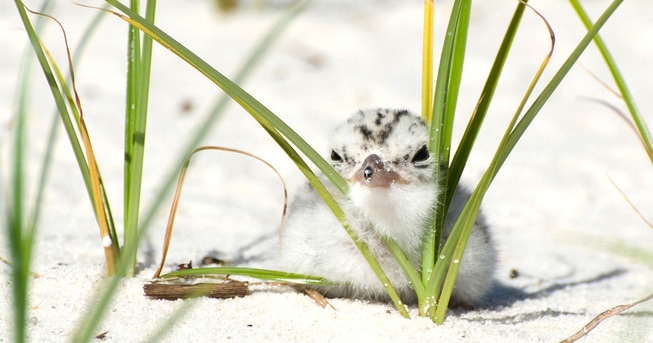
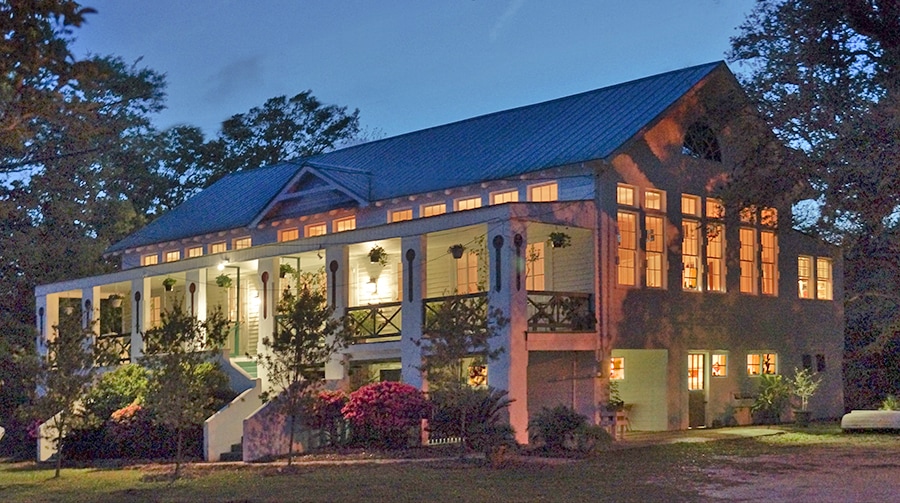
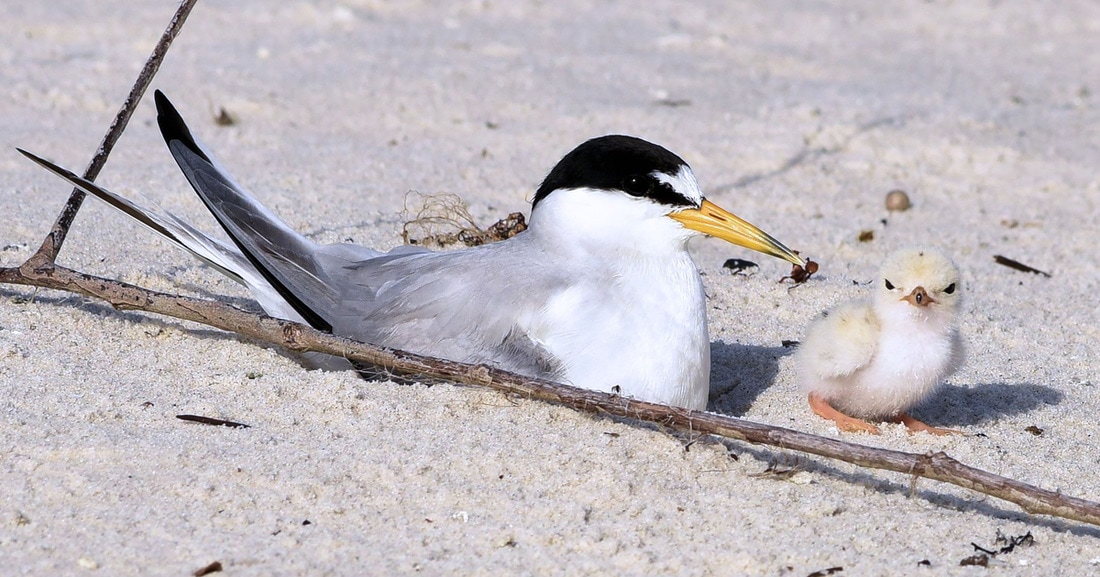
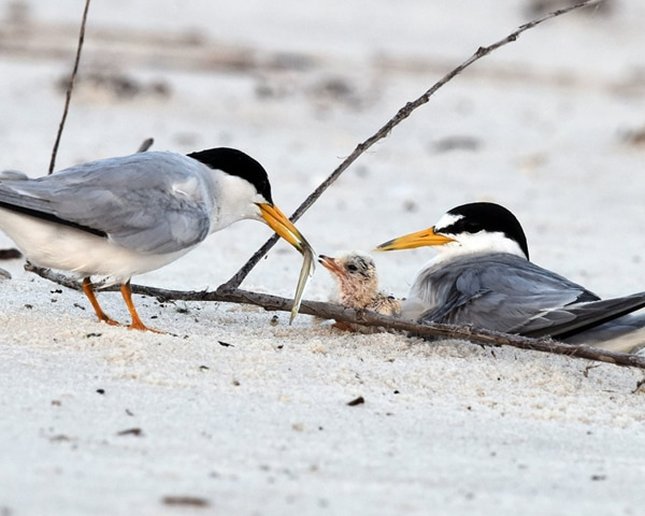
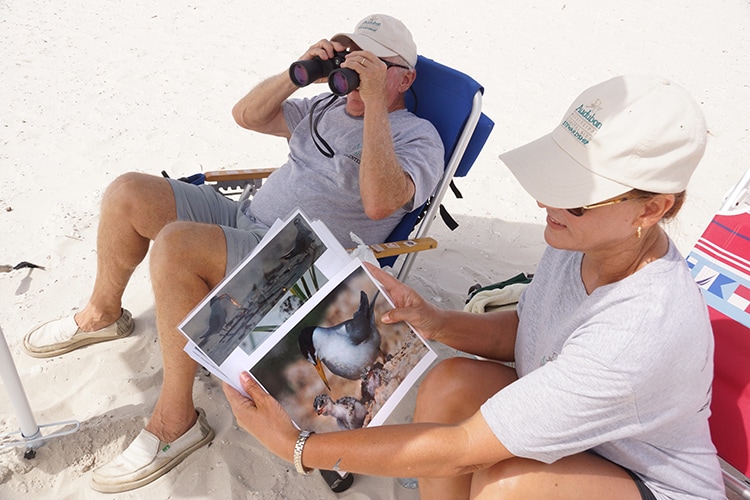

























 RSS Feed
RSS Feed























